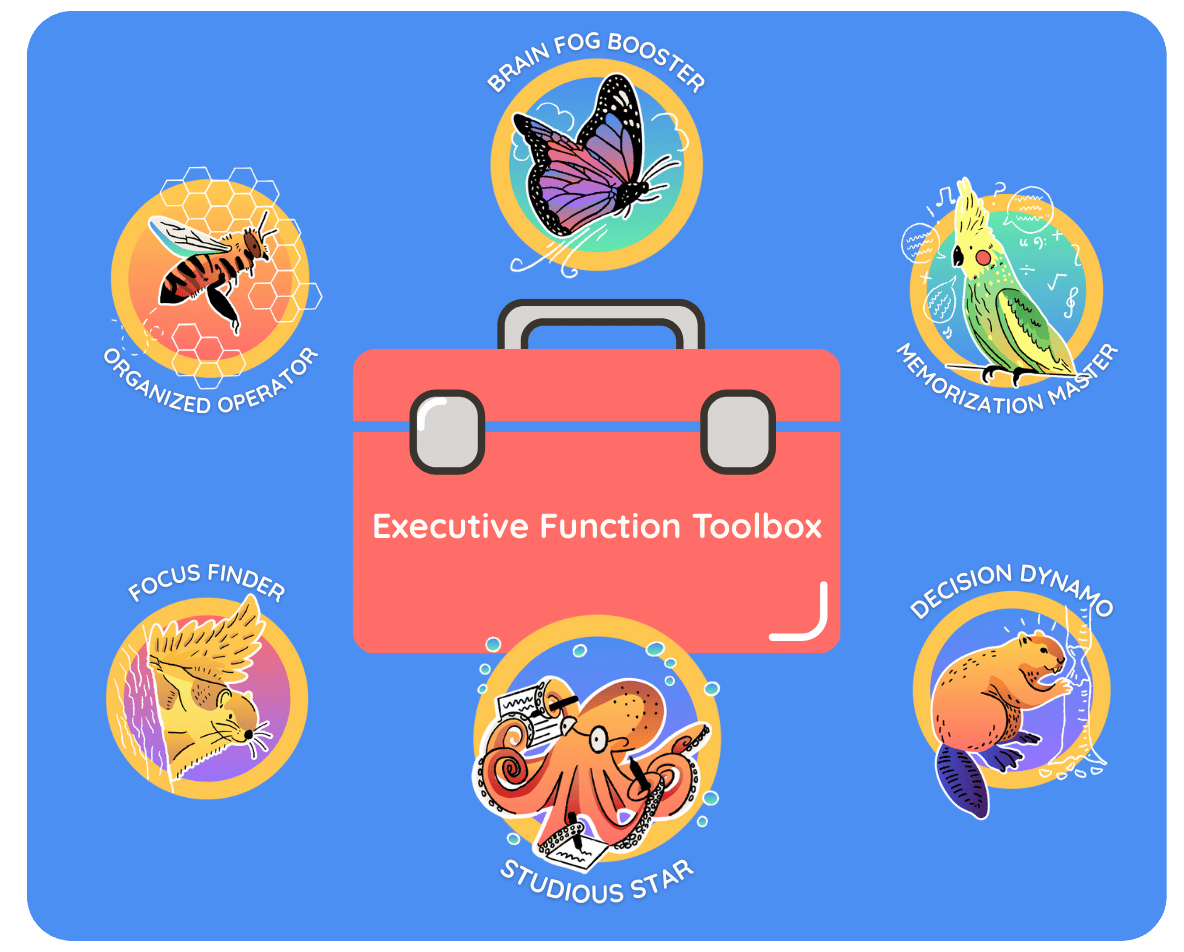
3 major challenges and 1 innovative idea to support student mental health in 2025
Last updated: July 28, 2025
Even with the unfreezing of $5 billion in federal education funding announced on July 25, school districts across the country are experiencing the impact of sweeping reductions to Medicaid, the uncertainty of ESSER extensions, and the cancellation of major federal mental health grant programs. These cuts are triggering project delays, staffing losses, and the termination of critical student services, all while student mental health needs continue to grow.
Add to that the ongoing shortage of qualified school counselors and the continued pressure on overworked staff, and it’s clear: district leaders must make tough decisions now about how to protect student mental health with fewer resources.
In order to avoid paralysis so you can take thoughtful action, it's important to first understand what you are up against. This post summarizes 3 major challenges school districts face in 2025 and explores one high-impact way to shift your current support plan to protect student mental health during these difficult and uncertain times.
Challenge #1 - Cuts to Medicaid
In July 2025, Congress passed a sweeping bill that will cut Medicaid by $1 trillion over the next decade, rolling back behavioral health benefits and adding work requirements that are expected to strip coverage from more than 11 million Americans, including many children and families who rely on school-based health supports (Kiplinger, NEA).
Back in In March, the Healthy Schools Campaign's survey of superintendents found:
- 90% say the cuts will affect other parts of the district’s budget, putting even more pressure on schools to do more with less
- 80% of district leaders expect layoffs of school health staff due to proposed cuts to school-based Medicaid programs
- 70% anticipate reductions in mental and behavioral health services
Despite local pushback, including legislative attempts to soften the blow in some states, experts say most districts will face deep reductions in the coming months (Daily Beast).
Challenge #2 - Additional Federal Funding Cuts & Freezes
The impact doesn’t stop with Medicaid. Multiple other funding streams are being reduced, frozen, or eliminated in 2025, including:
- Mental health grants eliminated: Over $1 billion in school mental health grants, originally funded through the Bipartisan Safer Communities Act, have been cut.
(First Focus).
- ESSER uncertainty: In March, the U.S. Department of Education rescinded previously approved extensions that would have allowed districts to use unspent COVID-era ESSER funds through 2026. This move pulled back hundreds of millions in expected support, leaving states and districts scrambling. Since then, a variety of actions have resulted in a restoration of much of the funding, however, lack of clarity and consistency has derailed many districts' spending plans.
(K–12 Dive, K–12 Dive Follow-Up).
- Other losses: While the federal government has now released previously frozen funds, delays, confusion and uncertainty have negative consequences that ultimately impact the students and families who rely on them. Schools continue to brace for the fallout of this impact on programs such as SNAP and Head Start, and are holding their breath in anticipation of additional future cuts to programs like these.
In short: schools are being asked to meet rising needs with fewer staff and dramatically reduced resources.
Challenge #3 - The Hidden Cost of Counselor Turnover
Even when funding is available, many schools are struggling to maintain consistent mental health support due to burnout and high turnover rates.
The national student-to-counselor ratio is still hovering around 464:1, far above the recommended 250:1, according to a 2019 report. Nearly 8 million students have no access to a school counselor, and 3 million lack access to any school-based mental health staff, including psychologists and social workers.
Making matters worse:
- School counselors experience high burnout and turnover rates, often leaving after fewer than two years due to burnout, excessive caseloads, and non-counseling duties
- Federal instability is amplifying the problem. The U.S. Department of Education has slashed its own workforce by nearly 50%, increasing administrative burden on districts and reducing the capacity for oversight, grantmaking, and implementation support
Without stable, trusted adults in place, schools lose ground in both prevention and early intervention efforts.
Rethinking Budget to Avoid Paralysis
In this difficult environment, school districts must reimagine how they allocate resources to support students. In a perfect world, every district could achieve the recommended 250:1 counselor-to-student ratio, with low turnover and fully funded support systems. But in 2025, that’s no longer a realistic baseline.
Understanding the Burnout Cycle

When schools are under-resourced, the support cycle breaks down:
- Tier 1 students lack access to proactive support, causing small issues to escalate.
- Tier 2/3 students are under-supported, overwhelming existing staff.
- Staff burn out, turnover increases, and fewer professionals enter the field.
Breaking the Cycle with Alongside’s Evidence-Based Tier 1 Support

Until recently, Tier 1 social and emotional support has meant one-size-fits-all curricula. Thanks to breakthroughs in technology, Alongside is changing the game with an evidence-based approach to providing individualized support for every student through a digital platform that is low cost and easy to implement.
By equipping students with an effective tool to help them build resilience and navigate everyday challenges, schools are able to:
- Support all students with scalable, personalized support
- Identify at-risk students early, before problems escalate
- Reduce the burden on overstretched counselors
- Bonus: Alongside also provides educator support features to help reduce staff burnout
CASE STUDY: See how Chelsea Public Schools is breaking the burn-out cycle and supporting more students by investing in Tier 1
As budget cuts take effect and federal support continues to erode, now is the time to rethink what’s possible. A scalable, sustainable Tier 1 solution like Alongside can ensure that every student receives daily support, even when counselor capacity is limited.
Act now to join districts that are rethinking support in 2025.
To get started, set up a free demo account and take a few minutes to experience Alongside’s individualized approach to Tier 1 support for yourself.



